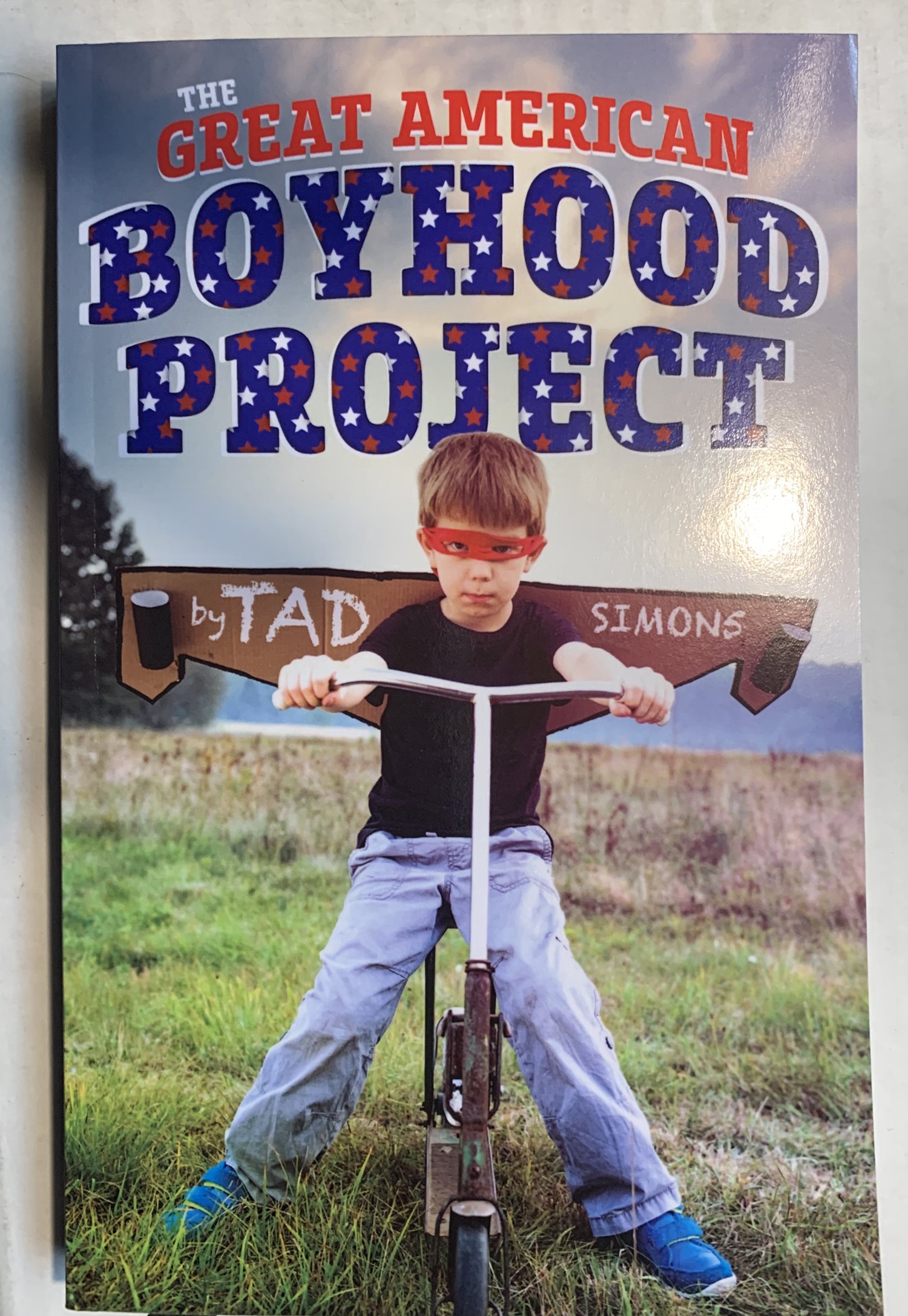Innovation is the engine of the American economy, and when the gas pedal of inspiration revs that engine, there’s no telling where it’ll stop. The secret is to identify a need, then fill that need with a solution that makes everyone ridiculously rich.
My crack research team (not be confused with my researchers on crack) has identified “distracted texting” as one of our society’s most pressing problems. We are currently developing an app that will both eliminate the problem and earn drivers some much-needed extra cash.
The problem is obvious: Everywhere nowadays, you see young people walking along with their noses buried in their phones, oblivious to the world around them, endangering themselves and others by walking into traffic without looking up.
Being millennials, their expectation is that the rest of the world should recognize their need to cross the street, and that drivers should slam on the brakes or swerve or careen into a ditch in order to allow them safe passage. They don’t need to look up, they think, because they know the law (they have the right of way, after all), and they have been taught that total self-absorption is the most effective buffer against the cruelties of the “real” world.
Hence, they are safe.
Unfortunately, it doesn’t always work out that way. Old farts like me who are still allowed to drive don’t really give a shit what a pedestrian’s needs are, or what the law says. We’re old, we’ve got errands to run, and our eyesight isn’t what it used to be. If you get in our way, you’re going down, that’s all there is to it.
The solution to this generational disparity in cross-walk etiquette is our new app, Crossing Guard. It works like this:
Let’s say you’re barreling along at forty miles per hour and, up ahead, you see a pony-tailed co-ed with her neck craned downward, approaching the crosswalk. Crossing Guard uses the GPS coordinates of her phone and yours to avoid a collision—but just barely. As you approach, Crossing Guard sends a text to the co-ed in the crosswalk that reads, “Look up, I’m about to end you!” When the co-ed does finally look up and sees that her life is indeed about to expire, Crossing Guard calculates the stopping distance of your vehicle down to the foot, then engages the brakes so that the vehicle stops just in time, roughly ten inches from her kneecaps.
But that’s just the life-saving feature. As the vehicle approaches the terrified co-ed, a hood-mounted camera snaps photos of her face as her expression goes from terror to resignation to relief, much the way people on rollercoasters at amusement parks are photographed in various stages of distress and/or nausea.
These are precious life moments people do not want to miss. That’s why Crossing Guard automatically uploads the photos to the co-ed’s phone, then downloads a $50 “life-saving fee” from their bank account and deposits it in the driver’s account, along with a $20 “stupidity surcharge.” After the transaction is complete, the millennial co-ed who wasn’t killed is now free to share her “experience” on the social-media platform of her choice. After she takes a Xanax and calms down, she also has the option of sending the driver a “thank you” bonus, along with a grateful-looking emoji—even though our focus-group research indicates that this isn’t a feature millennials are likely to use very often.
Elderly drivers looking to earn some extra cash can upgrade to the premium version of the app, which identifies all the distracted walkers in a four-block radius and calculates an approximate time of collision. All the driver has to do is be in the right place at the right time, and bam, just like that, they are $70 richer.
So there you have it: an ingenious, profitable, life-saving solution to a nagging social problem, all enabled by the miracle of modern technology, which is making Americans safer and richer every day.
